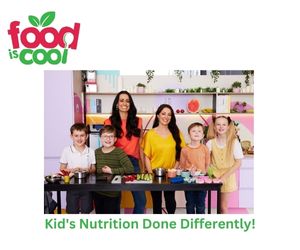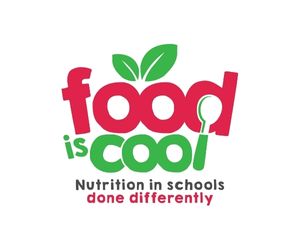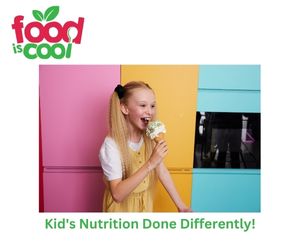Dietary recommendations are complex. It requires individuals to synthesise and decode a lot of information to make it relevant for them. The Australian Dietary Guidelines recommends most people consume 2 serves of fruit and 5 serves of vegetables each day. What does that actually mean? What happens when you eat mixed food, as most people tend to (i.e. stir fry, spaghetti Bolognese, etc). Not only that, but a serve is not often the same as a portion. A ‘serve’ of vegetables might be ½ cup of cooked veggies, or it might be a cup of lettuce. Is anyone counting serves when they make a salad, or add veggies to their casserole? It’s doubtful.
How in the world can we expect individuals to make those calculations on a daily basis? Let alone children? If these strategies were working, we wouldn’t be in a state where 99% of Australian children aren’t eating enough vegetables every day, and where more than 1/3 of their daily intake comes from foods that are not nourishing their bodies and their mind. Being told to ‘eat more’ fruits or vegetables, simply doesn’t work. Then there is the feeling of guilt or failure that comes with consistently not meeting targets that every parent or caregiver might have when their child does not eat 2 and 5 on a daily basis.
It’s time we shift that type of thinking and make it easier, for both parents and their children, to enjoy food, and use scientifically backed strategies to add more fruits and vegetables to their plate.
The solution? It’s simple. Add more colour to your plate. Here’s why.
Colour is a visual cue for eating for humans. Colour means nutrition. Colour also means life. It’s beautiful, and for children, it’s their world! Colour from nature, and from plant foods. Eat the rainbow plus brown and white!
Dr Flav’s research team published a world-first study last year proving that there are benefits to eating the rainbow that go beyond just the fruits and vegetables. Colour also means bioactives. These are compounds in foods that have health promoting properties, including antioxidant, anti-inflammatory, anti-diabetic, cardioprotective, prebiotic, neuroprotective, anti-cancer, anti-aging, to name a few.
The more colour you add to your meal, the more healthful your meal will be. Fact.
Why does this strategy work? Both colour and variety independently increase food consumption.
The more variety you are offered, the more you eat. This is called the ‘buffet effect’. It’s built into your psyche. The more food variety, the more likely you are to get a range of nutrients that our body needs, so it seeks it.
Colour variety also leads to greater food consumption. When people are offered more colours (even if it’s jellybeans), they eat more.
Combine the two, and there’s evidence that the more colour variety in a diet, the more healthful the diet.
Next time you’re making a meal, or having a snack, ask yourself, “Can I add more colour to my plate”? The answer is almost always yes, and we challenge you to. Remember that fruits or vegetables can be used to add colour, and mixing them up helps bring more flavour and joy to your meal.
Here are 5 tips on adding colour variety to your plate:
- Add one extra colour every time you make a lunchbox
- Add two extra colours to your shopping trolley
- Add a chopped fruit to a savoury salad (pears, apples, berries)
- Sprinkle herbs in a sauce
- Add one colour to one snack each day
Remember that you can involve your child in making rainbow meals every day. Ask them for ideas on which food and which colour they would like to add to the meal. Not only does that teach them to think about food as colour, but it helps them feel part of the family unit.









